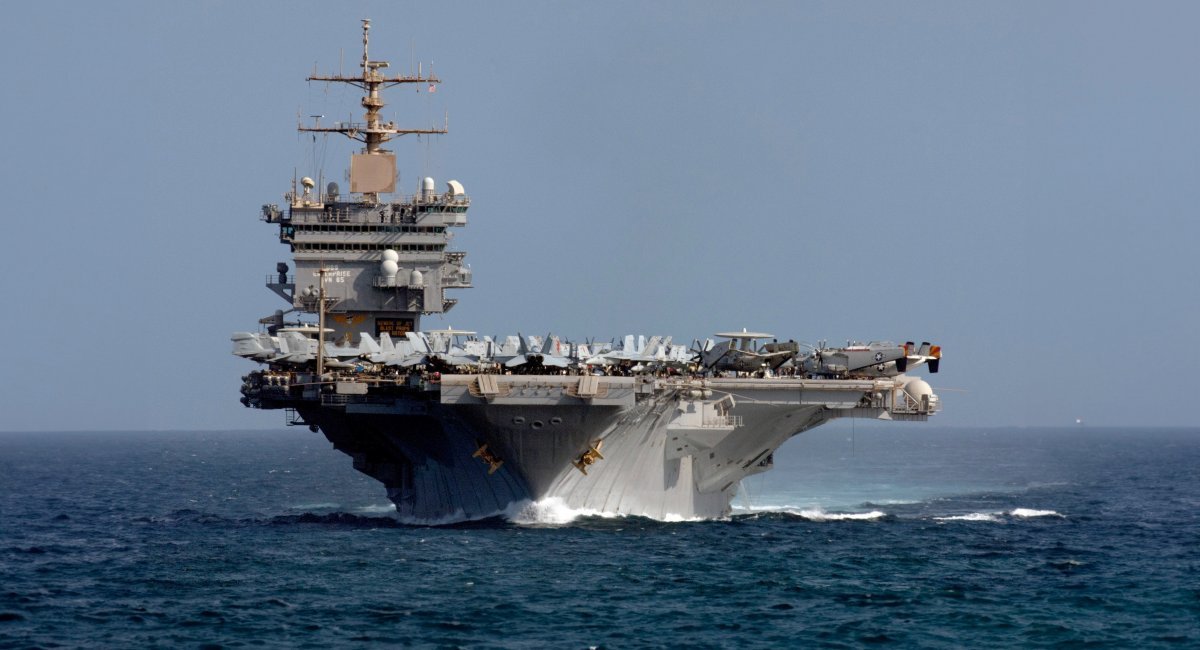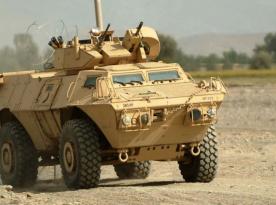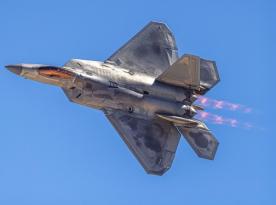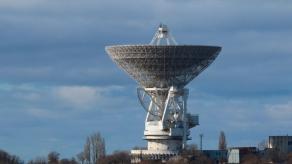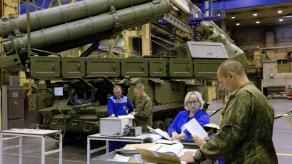The United States is set to decommission the legendary USS Enterprise (CVN-65), the world’s first nuclear-powered aircraft carrier, at a cost of $536.75 million. This iconic vessel was built for $451 million in 1960, featured eight reactors, and served for an impressive 52 years until its inactivation in 2012. Despite its storied history, the ship will simply be dismantled.
For the first time, the U.S. Navy has awarded a contract for the disposal of a nuclear warship to a private company. NorthStar Maritime Dismantlement Services, based in Vermont, secured the contract to dismantle the USS Enterprise. This unique aircraft carrier (the sole vessel of its class) was launched in 1960 and remained in service until 2012. Throughout its operational life, the ship participated in and reflected the evolution of American carrier-based aviation, from the F-8B Crusader and A-5 Vigilante to the F-4 Phantom, F-14 Tomcat, and ultimately the F/A-18, taking part in most major U.S. military operations since the Cuban Missile Crisis.
Read more: North Korea Rebalanced the Capsized 5,000-Ton Destroyer: With Manual Labor, Ropes, and Balloons

Despite its immense historical significance, the ship will be cut into pieces. It is worth noting that even the United States often lacks the funding needed to convert such large vessels into museums. For instance, plans to transform the first guided-missile cruiser, USS Ticonderoga, into a museum never materialized due to the absence of interested stakeholders.
The original cost of the USS Enterprise in 1960 was $451.3 million. Adjusted for inflation, this amounts to approximately $4.89 billion in 2025. The cost of American aircraft carriers has steadily increased since then. A Nimitz-class carrier cost $1.98 billion in 1975 (equivalent to $11.8 billion today), and the first Gerald R. Ford-class carrier was priced at $12.99 billion in 2018.
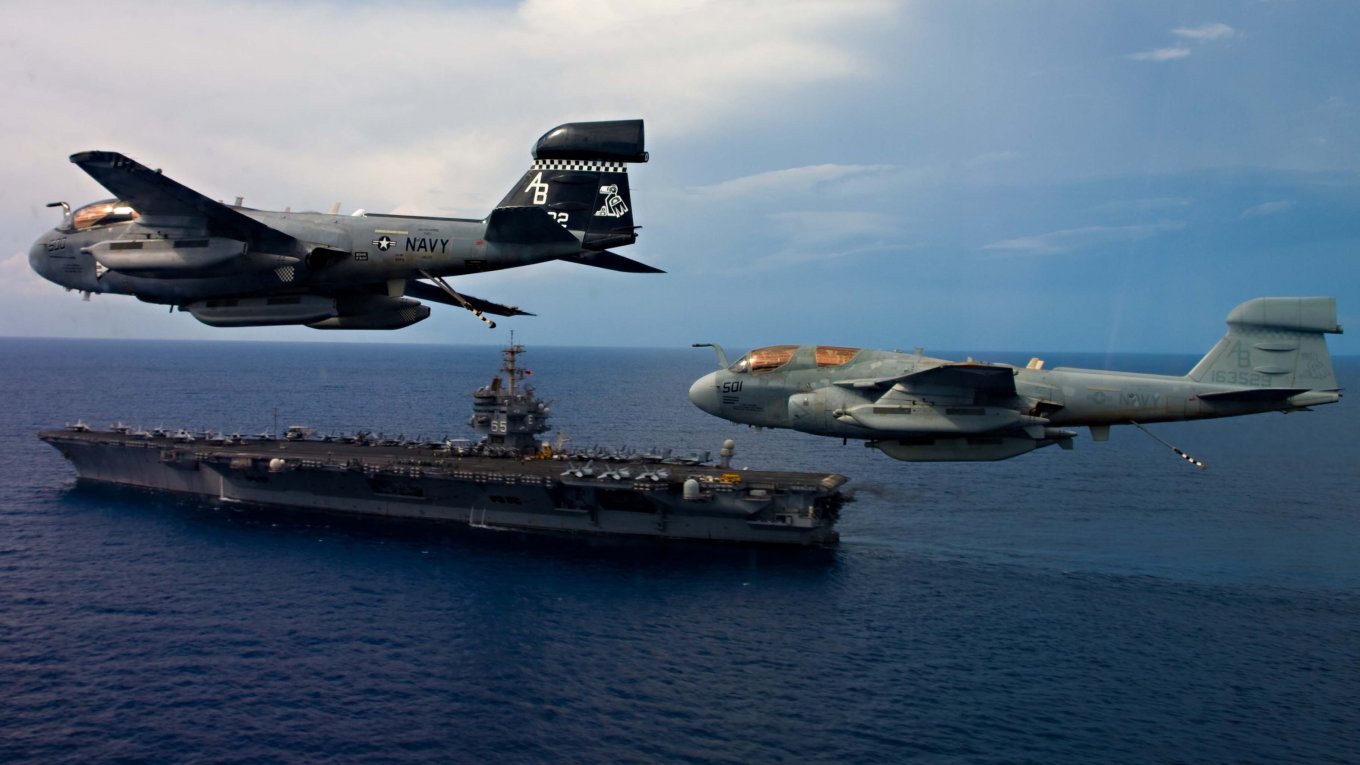
The actual cost of disposing of this nuclear aircraft carrier is somewhat higher than the contract value. Following the ship’s inactivation in 2012, the U.S. Navy began the complex process of defueling its unique propulsion system, which comprised eight A2W reactors, each with a power output of 210 megawatts. The contract specifies that the entire structure of the vessel, with a displacement of 94,000 tons and a length of up to 342 meters (after overhaul), must be dismantled or recycled. This includes the burial of low-level radioactive metal. In total, the construction of the Enterprise involved 60,923 tons of steel, 1,507 tons of aluminum, and 370 kilometers of piping, which represents a substantial volume of material to process.

The disposal of aircraft carriers can be a highly problematic undertaking. A notable example is Brazil’s only aircraft carrier, the São Paulo (formerly the French Foch of the Clemenceau class), which was ultimately scuttled after serving under the Brazilian flag for only 206 days at sea.
Initially, there were plans to dismantle the ship in Turkey, but during its transatlantic journey, Ankara discovered that it contained over 600 tons of asbestos, far exceeding the 9.6 tons declared by Brazil. As a result, the São Paulo was sunk approximately 350 kilometers off the Brazilian coast in the Atlantic Ocean, a solution that ultimately failed to resolve the asbestos contamination issue.
Read more: EU Announces Black Sea Action Plan: From Security and Intelligence Hub to Protecting Ports and Cables




